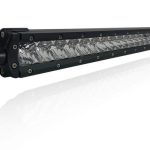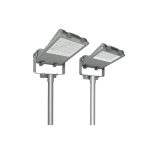LED Light Strip Not Working? Here’s Why and How to Fix It
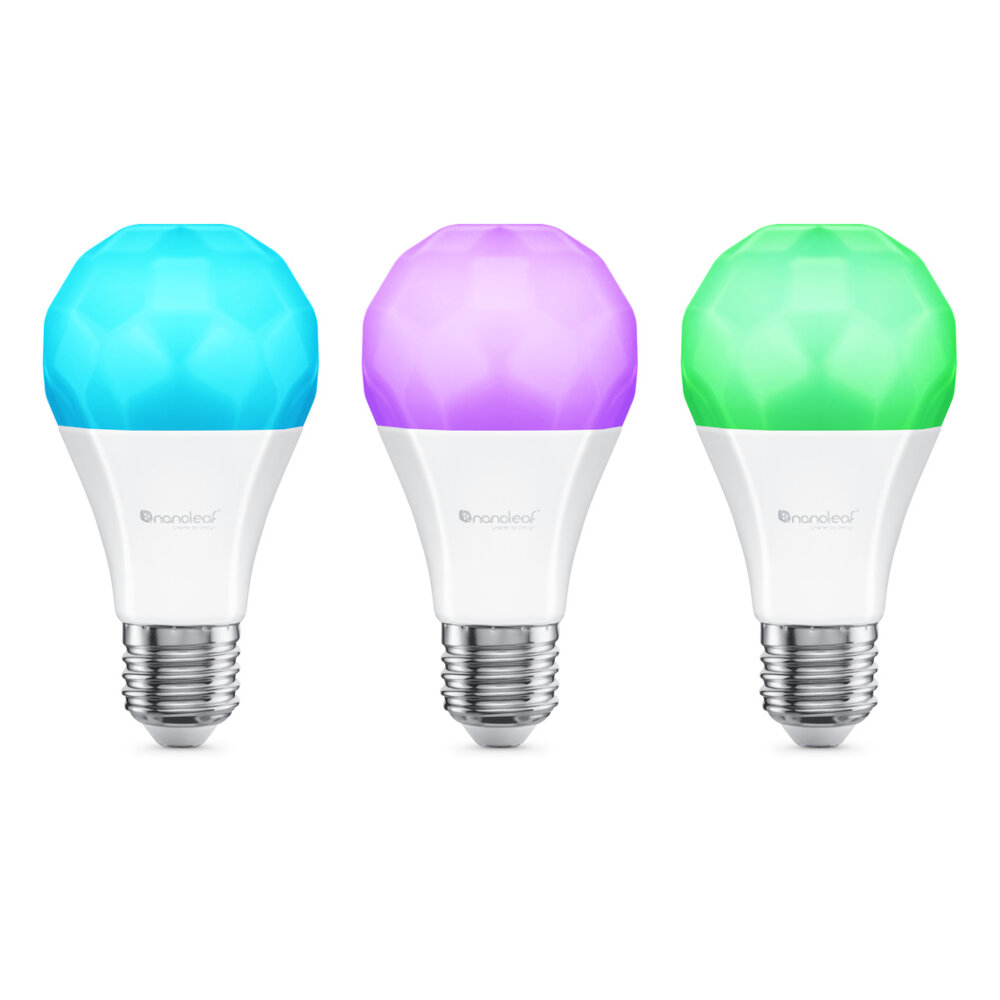
LED light strips are a popular lighting option for both commercial and residential spaces. They are energy-efficient, long-lasting, and versatile in terms of color and brightness. However, even the best LED light strips can experience problems over time, such as not working or flickering. These issues can be frustrating and may disrupt the ambiance or functionality of a space. Fortunately, most LED light strip problems can be easily diagnosed and fixed, even by those with limited technical knowledge. If you are experiencing issues with your LED light strip, this article will guide you through the common causes of LED light strip problems and how to fix them. From loose connections to faulty power supplies, we will cover all the possible culprits that may be causing your LED light strip to malfunction. Whether you are looking to troubleshoot a specific issue or simply want to learn more about LED light strips, this guide will help you understand the inner workings of these popular lighting solutions and how to keep them working smoothly.
An LED light strip, also known as an LED tape, is a flexible circuit board with light-emitting diodes (LEDs) attached to it. These LED lights are energy-efficient and long-lasting, making them a popular choice for a variety of lighting applications. LED light strips come in different lengths, colors, and brightness levels, and can be cut to fit specific sizes and shapes. They are commonly used for accent lighting, under-cabinet lighting, and decorative lighting in homes, offices, and commercial spaces. However, like any electronic device, LED light strips can encounter issues that prevent them from working properly.
LED light strips have become incredibly popular due to their versatility and energy efficiency. They can be used in a variety of settings and applications, from home décor to commercial lighting. These strips are made up of small, light-emitting diodes (LEDs) that produce bright, colorful light while consuming very little energy. This makes them an environmentally friendly and cost-effective lighting solution. Additionally, LED light strips have a long lifespan, making them a durable and reliable lighting option. However, like any electrical device, LED light strips can experience problems, and it’s important to know how to troubleshoot and fix them to ensure they continue to function properly.
Common Issues with LED Light Strips
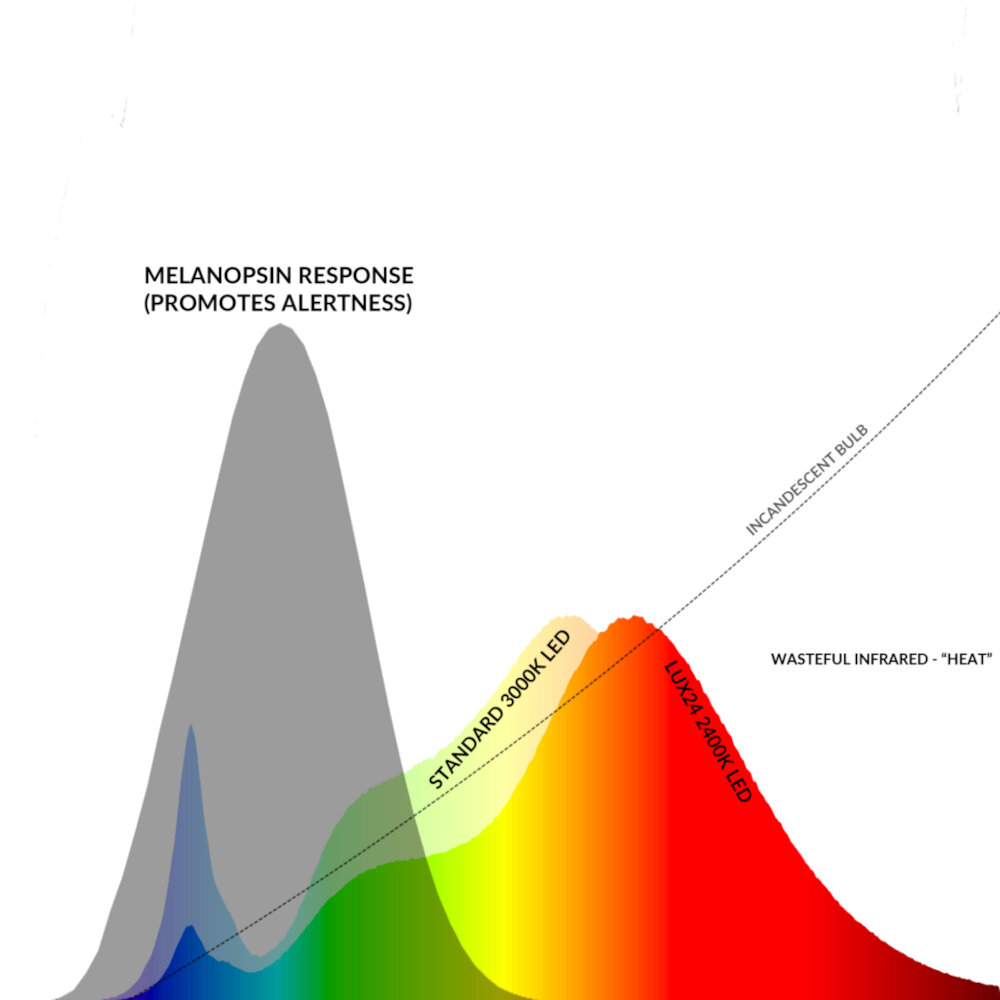
LED light strips provide an innovative and energy-efficient way to brighten up your home, office, or outdoor space. However, like any other electronic device, they also come with a set of issues that can hinder their performance. One of the most common issues with LED light strips is the flickering or dimming of lights. This problem is often caused by an inadequate power supply or a faulty connection. If the power supply is not strong enough, the LED lights may not receive the necessary voltage to operate correctly. On the other hand, a loose or damaged connection can also cause the LED lights to flicker or dim. To fix this issue, you may need to replace the power supply or reattach the connections securely. Another common issue with LED light strips is color inconsistency. LED lights come in different colors, and if you notice that the color of your LED light strips is not consistent, it can be frustrating. This issue is often caused by the quality of the LED lights or the manufacturing process. Low-quality LED lights may have a shorter lifespan and are more likely to fade or change color over time. Additionally, the manufacturing process of LED light strips can also cause color inconsistency, especially when different batches of LED lights are used. To fix this issue, you may need to replace the LED lights or purchase a new set of LED light strips from a reputable manufacturer.
One of the common reasons for an LED light strip not working is a loose connection. A loose connection can cause the LED strip to stop functioning, flicker, or dim. This issue typically occurs when the LED strip is not adequately attached to its power source or when the wiring connections are not tight enough. A loose connection can also result from an improperly installed connector or a connector that has been damaged. To fix this problem, it is essential to make sure that all wiring connections are secure and that the LED strip is properly attached to its power source. Additionally, it is recommended to inspect the wiring connectors and replace any that are damaged or not working correctly.
One of the most common reasons for LED light strips not working is damaged wires. These thin, delicate wires can become frayed or broken over time or during installation, causing a break in the circuit that prevents the lights from turning on. It’s important to inspect the wires carefully and look for any signs of damage, such as exposed metal or a visible break in the insulation. If you do find damaged wires, it’s best to replace them entirely rather than trying to repair them, as this will ensure a more reliable and long-lasting fix.
A faulty power supply can often be the culprit when it comes to LED light strips not working. This is because the power supply is responsible for providing the necessary voltage and current to power the lights. If the power supply is not functioning properly, the lights may not turn on or may flicker. It is important to check the power supply for any signs of damage, such as frayed wires or burn marks. Additionally, make sure that the power supply is compatible with the LED light strip and that the voltage and current ratings match. If the power supply is indeed faulty, it may need to be replaced in order to get the lights working again.
Defective LED bulbs are one of the most common reasons why LED light strips stop working. These bulbs can malfunction due to a variety of reasons, such as poor manufacturing, overheating, or physical damage. When a bulb is defective, it can cause the entire strip to fail. To identify a defective bulb, you can use a multimeter to test the voltage across each bulb. If the voltage reading is significantly lower than the others, it is likely that the bulb is defective. To fix the issue, you will need to replace the faulty bulb with a new one. It is important to handle the replacement with care to avoid damaging the surrounding bulbs.
Troubleshooting the Problem
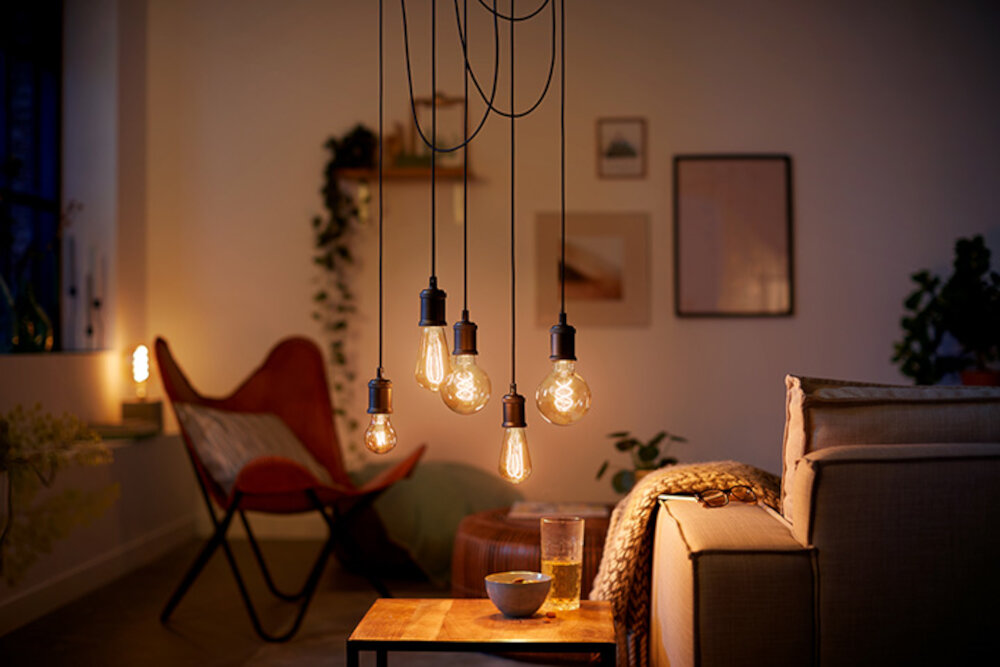
When troubleshooting the problem of a LED light strip not working, it is important to first identify the potential causes of the issue. One common reason for a non-functioning LED strip is faulty wiring or incorrect installation. Check the wiring connections and ensure that they are securely connected. It is also important to confirm that the polarity of the LED strip is properly aligned with the power source. If the wiring is correct, it may be necessary to check the power supply or transformer to ensure that it is functioning properly. If the transformer is not providing enough power, the LED strip may not work as intended. Another reason for a non-functioning LED light strip is a damaged or broken strip. Inspect the strip for any visible damage, such as cracks or broken connections. If there is physical damage, the strip may need to be replaced. In addition, it is important to check the LED strip’s control box or remote control. If the control box is not functioning properly or the remote control is not communicating with the strip, the LED lights may not turn on. Finally, it is important to check the LED strip’s settings, such as color or brightness. If the settings are not properly configured, the LED strip may not work as desired. With these troubleshooting tips in mind, it is possible to identify and fix the problem of a non-functioning LED light strip.
If your LED light strip is not working, one of the first things you should check is the power supply. The power supply is responsible for providing the necessary electricity to light up your LED strip, and if it is not functioning properly, your strip may not turn on or may flicker. You can check the power supply by unplugging it and plugging it back in, as well as checking the connections to ensure they are secure. Additionally, you may want to use a multimeter to test the voltage output of the power supply to ensure it is within the appropriate range. If the power supply is faulty, you may need to replace it to get your LED light strip working again.
One of the possible reasons why your LED light strip is not working could be due to faulty wires or connections. Inspecting the wires and connections is crucial to ensure that the current flows smoothly from the power source to the LED lights. Check for any frayed or damaged wires, as they may cause a short circuit or disrupt the power supply. Make sure that the wires are tightly connected to the power supply and the LED strip. Loose connections can cause the lights to flicker or not turn on at all. If you find any issues with the wires or connections, replace or repair them promptly to ensure that your LED light strip functions properly.
Before diving into the troubleshooting process of a malfunctioning LED light strip, it is essential to test the LED bulbs. To do so, one can use a multimeter to measure the voltage and resistance of the LEDs. If the voltage reading is zero or significantly lower than the rated voltage of the LED, it could indicate a faulty LED. Additionally, if the resistance reading is significantly higher than the expected resistance of the LED, it could also indicate a malfunctioning LED. Testing the LED bulbs is a crucial step in identifying the cause of the LED light strip’s malfunction and can save time and effort in the long run.
If you’re experiencing issues with your LED light strip, using a multimeter can be a valuable tool in identifying the source of the problem. A multimeter is a device used to measure voltage, current, and resistance in an electrical circuit. By using a multimeter, you can check if the power supply is delivering the correct voltage, if the LED strip is receiving power, or if there is a break in the circuit. Additionally, a multimeter can help you determine if the problem is isolated to a single LED or if there is an issue with the entire strip. By using a multimeter in conjunction with other troubleshooting techniques, you can quickly and accurately identify the problem with your LED light strip and proceed with the appropriate fix.
Fixing the Issues
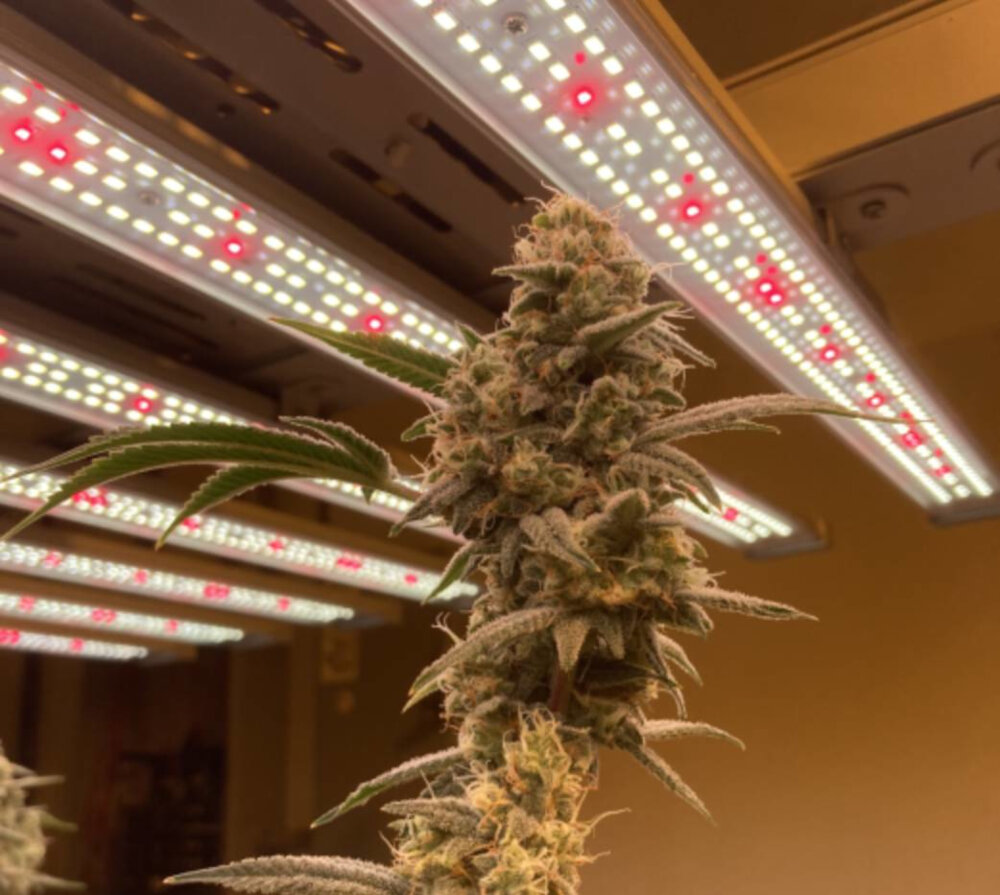
When it comes to fixing LED light strips, the first step is to identify the issue. Common problems include loose connections, faulty power supplies, and damaged LED strips. Once the issue has been identified, the next step is to fix it. This can involve anything from re-soldering loose connections to replacing damaged LED strips. One of the most common issues with LED light strips is loose connections. This can cause the lights to flicker or not work at all. To fix this, you should check all connections and make sure they are tight. If a connection is loose, you can use a soldering iron to re-solder it. Another common issue is a faulty power supply. If the power supply is not working properly, the lights may not turn on at all. To fix this, you can try replacing the power supply with a new one. Finally, if the LED strip itself is damaged, it may need to be replaced. This can involve removing the old strip and soldering in a new one. With a little patience and some basic tools, most LED light strip issues can be fixed quickly and easily.
Loose connections are a common problem that can cause LED light strips to malfunction. To tighten loose connections, first, turn off the power source and unplug the light strip. Then, inspect the connections for any signs of wear or damage. If the connections are damaged, you may need to replace them. If they are simply loose, use pliers or a screwdriver to tighten them. It is important to ensure that the connections are secure before turning the power back on. Loose connections can cause flickering, dimming, or even complete failure of the LED light strip. By tightening the connections, you can ensure that your LED light strip will work properly and provide the desired lighting effect.
If you’re experiencing issues with your LED light strip, it could be due to damaged wiring. This is a common problem that can occur from wear and tear or accidental damage. Depending on the severity of the damage, you may need to repair or replace the wires. Repairing damaged wires involves identifying the damaged area and splicing the wire back together. This can be done using a wire stripper and electrical tape. However, if the damage is extensive, it may be better to replace the entire wire to ensure proper functioning of your LED light strip. It’s important to take the necessary precautions when handling electrical wires to avoid injury or further damage.
If your LED light strip is not working, one possible solution could be to replace the power supply. The power supply is responsible for converting the AC voltage from your wall socket into the DC voltage that the LED strip requires to function. Over time, the power supply can become damaged or worn out, resulting in a loss of power to the LED strip. To replace the power supply, you will need to identify the correct voltage and amperage required by your LED strip and purchase a replacement that matches those specifications. Once you have the new power supply, you can simply disconnect the old one and connect the new one in its place, making sure to follow the manufacturer’s instructions carefully. With a new power supply in place, your LED light strip should be up and running again in no time.
If you find that your LED light strip is not working, one of the reasons could be defective LED bulbs within the strip. In such a case, the best solution would be to replace the defective bulbs, which is a relatively easy task. First, you need to identify the defective bulbs by turning on the LED strip and checking for any dead or dimmed bulbs. Then, carefully remove the defective bulbs from the strip using a pair of pliers, making sure not to damage the strip or the other bulbs. Finally, insert new LED bulbs into the strip, making sure to match the polarity correctly. With this simple fix, your LED light strip should be up and running again in no time.
Preventing Future Issues
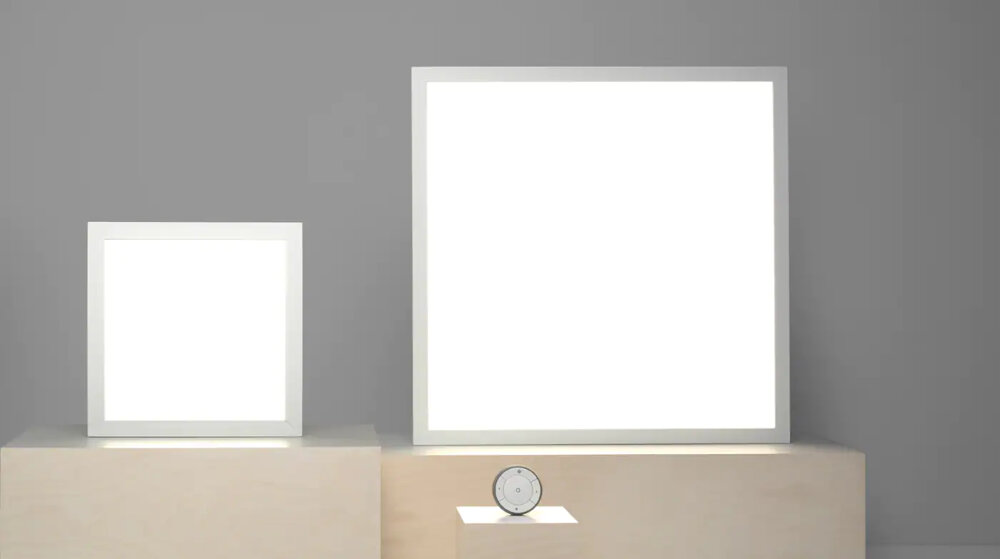
To prevent future issues with your LED light strip, it is essential to take a few preventive measures. Firstly, always ensure that the LED light strip is compatible with the power supply or transformer. Using a power supply with a lower voltage than required can cause damage to the LED light strip. Secondly, avoid bending or twisting the LED light strip too much as this can damage the circuit board and cause the strip to stop working. It is also important to handle the LED light strip with care while installing it and ensure that it is not exposed to moisture or water. Regular maintenance of the LED light strip is also crucial in preventing future issues. Dust and debris can accumulate on the strip and cause it to overheat, which can lead to damage or failure of the strip. Regularly cleaning the strip with a soft cloth and avoiding harsh chemicals or abrasive materials can help to prolong the life of the LED light strip. Additionally, it is important to inspect the connections and wiring of the LED light strip periodically to ensure that they are secure and not loose. Taking these preventive measures can help to prevent future issues and ensure that your LED light strip functions properly for a long time.
The proper installation of LED light strips is crucial to ensure their functionality and longevity. Before installation, it is important to ensure that the surface where the strips will be attached is clean, dry, and free of any dust or debris. The strips should also be handled carefully, avoiding any bending or twisting that may damage the circuitry. Proper placement of the strips is also important, ensuring that they are not overlapped or stretched too tightly, which can cause them to malfunction. Additionally, the power supply and wiring should be securely connected and protected from any potential damage or exposure. By following these installation guidelines, you can help ensure that your LED light strips work properly and efficiently for years to come.
Regular maintenance is essential to ensure that LED light strips continue to operate efficiently and effectively. This involves cleaning the strip and ensuring that any connections are secure and free from damage. It is also important to check for any signs of wear and tear, such as frayed wires or broken connectors, as these can cause the strip to malfunction. Regularly inspecting and maintaining LED light strips can help to prevent issues such as flickering, dimming, or complete failure. Additionally, it can help to extend the lifespan of the strip, reducing the need for costly replacements. Therefore, it is important to incorporate regular maintenance into the routine care of LED light strips.
Upgrading to high-quality LED light strips can have a significant impact on the overall performance and longevity of your lighting system. While cheaper alternatives may seem like a cost-effective solution, they often come with a host of issues such as flickering, dimness, and premature burnout. High-quality LED light strips, on the other hand, are designed with superior materials and advanced technology, resulting in consistently bright, reliable, and energy-efficient lighting. Furthermore, they are more versatile in terms of color options, brightness levels, and customization features, allowing you to create the perfect ambiance for any occasion. Investing in high-quality LED light strips not only ensures a better lighting experience but also saves you money in the long run by reducing the need for frequent replacements and repairs.
LED light strips are great for adding ambiance and style to any room or space, but they can be frustrating when they don’t work properly. The most common issues with LED light strips include faulty connections, incorrect wiring, and power supply problems. To fix these issues, start by checking the connections and wiring, making sure they are secure and properly connected. If the power supply is the problem, try using a different power source or replacing the power supply altogether. It’s also important to check the LED strip itself for any damage or defects. By troubleshooting these common issues, you can get your LED light strip working again in no time.
Proper maintenance and upgrades are crucial to avoid future issues with LED light strips. Neglecting routine maintenance or failing to update the system can lead to a wide range of problems, such as flickering lights, dimming, and even complete failure. Regular inspections and cleaning of the LED light strips can help prevent dust and debris from accumulating and affecting the performance of the system. Furthermore, upgrading the power supply or the controller can improve the efficiency and reliability of the LED light strips, ensuring they operate at their optimal capacity. By investing in proper maintenance and upgrades, users can extend the lifespan of their LED light strips and avoid costly repairs or replacements down the line.
Conclusion
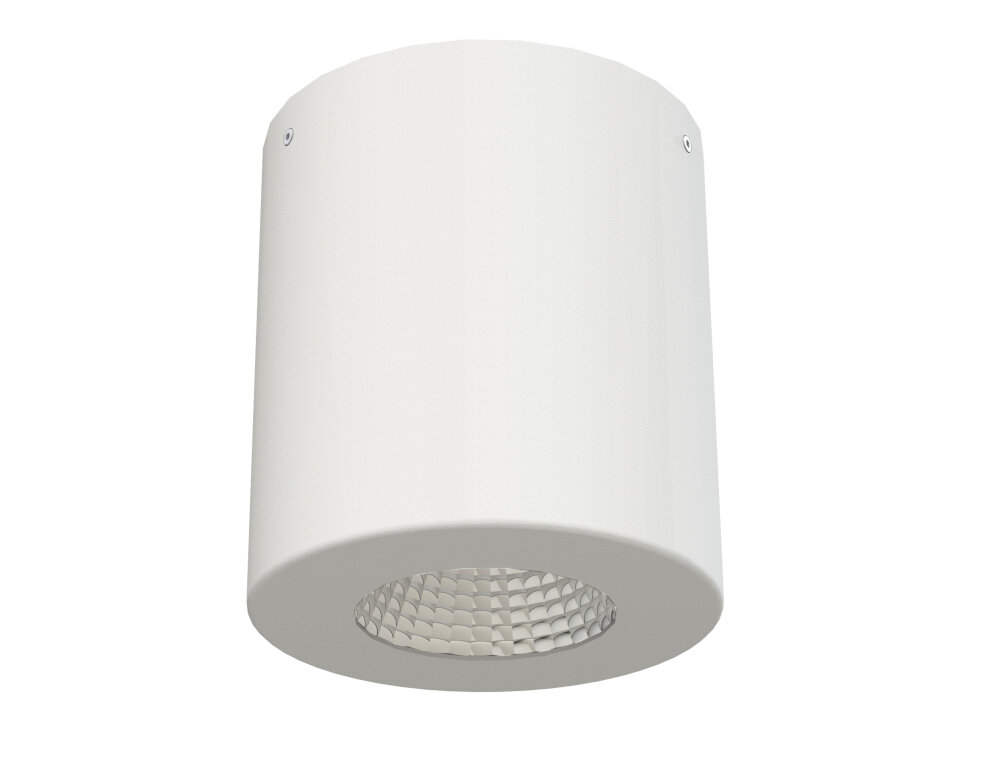
In conclusion, LED light strips can be a great addition to your home or office decor, but when they stop working, it can be frustrating. By understanding the common reasons for LED light strip failure, such as incorrect wiring, faulty power supply or damaged components, you can troubleshoot the issue and fix it yourself. With proper maintenance and care, you can ensure that your LED light strips continue to function properly and brighten up your space for years to come. So don’t let a malfunctioning LED light strip dim your mood – follow these tips and get it shining again in no time!


